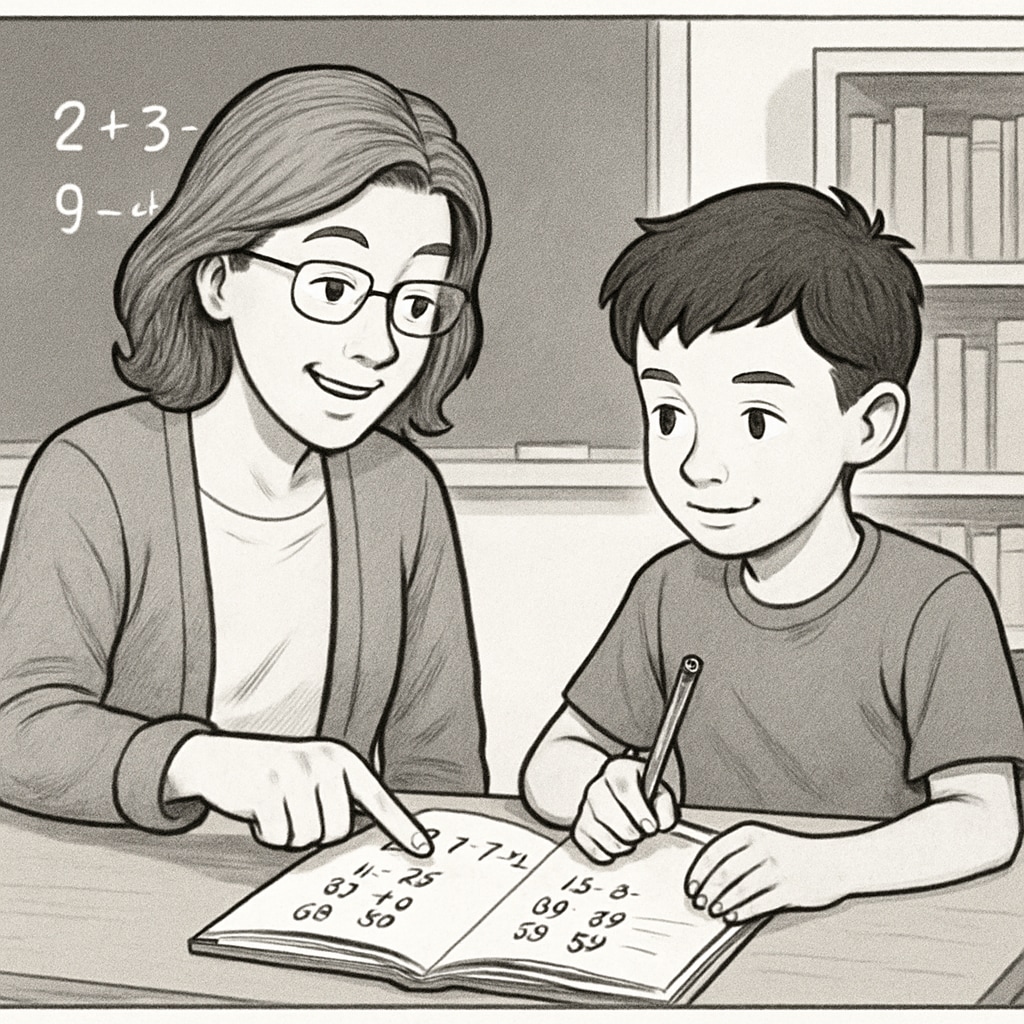Math anxiety, multiple-choice test barriers, and exam pressure create a challenging trifecta for many students, often leading to underperformance despite adequate preparation. This article delves into the roots of these issues and provides actionable strategies to alleviate anxiety and improve test-taking abilities, particularly for multiple-choice questions.
Understanding the Connection Between Math Anxiety and Multiple-Choice Struggles
Math anxiety is a common phenomenon characterized by feelings of tension, fear, or worry when faced with mathematical tasks. For many students, this anxiety becomes particularly debilitating during exams, especially when answering multiple-choice questions. These questions often seem deceptively simple but can trigger overthinking, second-guessing, and self-doubt.
Psychologically, math anxiety activates the brain’s stress response, impairing working memory and critical thinking skills. This heightened state of stress makes it harder to process information logically, leading students to misinterpret questions or overlook important details. As a result, even well-prepared students may struggle to choose the correct answer.

How Exam Pressure Amplifies Multiple-Choice Test Anxiety
Exam pressure adds another layer to the challenges posed by math anxiety. The ticking clock, the fear of failure, and the high stakes associated with test results can create a mental block that prevents students from performing at their best. Multiple-choice questions, in particular, often amplify these feelings due to their unique structure:
- Distractors: Incorrect options are designed to appear plausible, making it easy to second-guess oneself.
- Elimination stress: The process of narrowing down answers can trigger overanalysis and indecision.
- Speed vs. accuracy: Students often feel pressured to answer quickly, increasing the likelihood of mistakes.
These factors combine to create a perfect storm of stress, undermining students’ confidence and leading to poor performance.
Practical Strategies to Overcome Math Anxiety and Test Barriers
While the challenges of math anxiety and multiple-choice tests are significant, they are not insurmountable. Here are some evidence-based strategies to help students regain control:
- Practice mindfulness: Techniques like deep breathing, meditation, or grounding exercises can help reduce test-related stress and improve focus.
- Familiarize with question formats: Regular exposure to multiple-choice questions during study sessions can reduce the fear of the unknown and build confidence.
- Use the process of elimination: Cross out obviously incorrect answers first, then focus on the remaining choices to simplify decision-making.
- Time management skills: Allocate specific time limits to each question and move on if stuck, revisiting difficult questions later.
- Embrace a growth mindset: Remind yourself that mistakes are part of the learning process and do not define your abilities.
By implementing these strategies, students can gradually reduce their anxiety and improve their overall performance on math exams.

Building Long-Term Confidence in Math
To truly overcome math anxiety, it’s important to address the root causes and build long-term confidence. This requires a combination of consistent practice, positive reinforcement, and support from teachers, parents, and peers. For example:
- Seek help early: If math concepts are confusing, ask for clarification immediately to prevent gaps in understanding.
- Celebrate small wins: Acknowledge and reward progress, no matter how small, to build a positive association with math.
- Use supportive resources: Leverage tools like online tutorials, study groups, and apps to make learning engaging and interactive.
Over time, these efforts can help students perceive math as an opportunity for growth rather than a source of fear.
In conclusion, while math anxiety and multiple-choice test barriers are common challenges, they are far from insurmountable. With the right strategies and mindset, students can transform their relationship with math, unlocking their full potential and achieving greater academic success.
Readability guidance: This article uses clear headings, short paragraphs, and actionable lists to enhance readability. The content maintains a professional tone while incorporating practical advice and external references for credibility.


